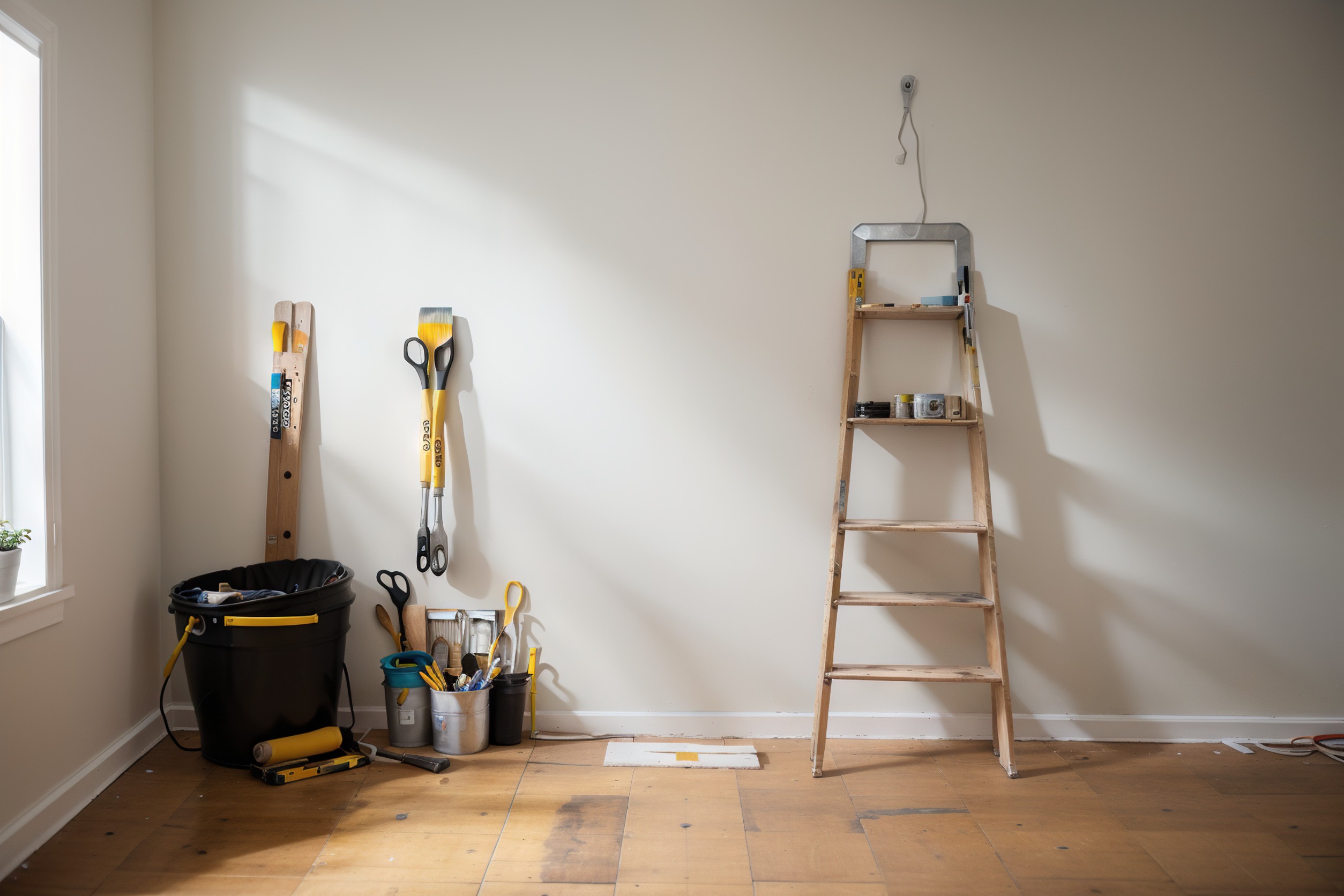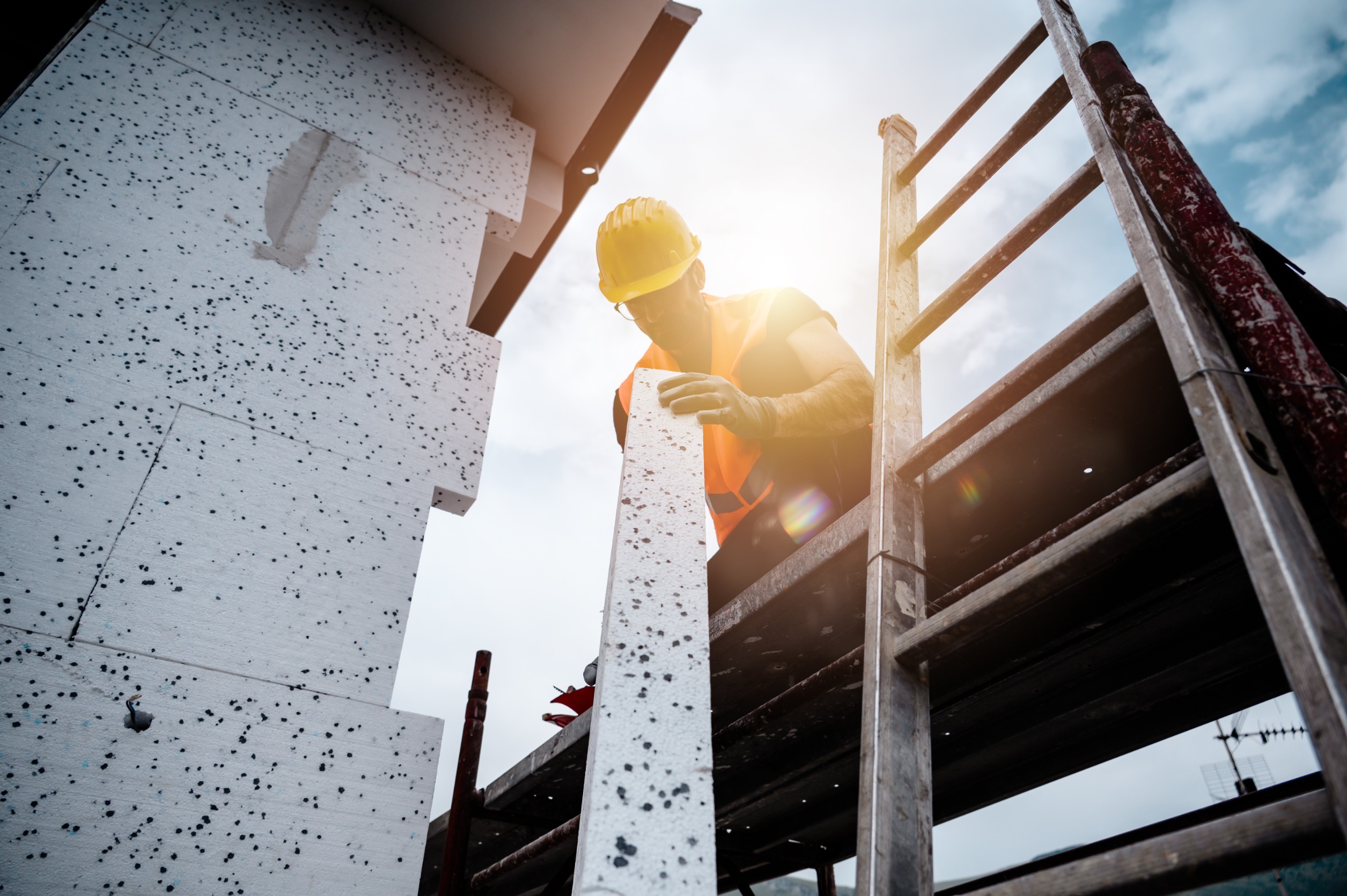
Ladders might be wonderful tools that help people do everything from household tasks to assisting businesses in all kinds of maintenance roles. While ladders are used in many situations by homeowners and employers alike, they can be quite dangerous.
Whenever you're using a ladder, whether a metal ladder, extension ladder, or wooden ladder, you need to know the basics of ladder safety.
By understanding how to keep yourself and others safe while using ladders, you can prevent injuries. Keep reading to learn essential safety tips from the team at ADA Central.
A Note For Employers And Business Owners On Ladder Safety
Knowing how to operate a ladder safely is important for everyone. However, if you're a business owner and your employees use ladders at work, you need to be especially aware of ladder safety.
The Occupational Safety and Health Administration sets safety guidelines on matters like operating ladders. They will recommend general safety tips, but there are also specific requirements depending on the usage of the ladder and the industry you work in.
Say, for example, you're an electrical company that fixes overhead power lines. Or, if you are a manager of a tree trimming business, in these cases, you likely use more specific electrical equipment and extension ladders that pose bigger risks.
In these cases, it's vital to know the exact safety requirements and how to use the right ladder.
Safety Tip 1: Ensure You Have The Right Ladder
Ladders are not all the same. A step ladder, for example, is much smaller and can't handle much weight. You need to use a ladder that can handle your weight plus any equipment or tools you'll carry with you.
Ladders have different classifications, known as a duty rating, that indicate how much weight they can handle. So, always pick the right ladder for the job.
Remember that the ladder also needs to be tall enough, as you shouldn't get up on the last three feet.
Safety Tip 2: Inspect The Ladder Thoroughly Before Use

Before you get up on the ladder, you need to check that it's secure and stable. Here are a few things you should do before getting up there, as you don't want to put weight on defective ladders.
- Check that rung locks, screws, bolts, and hinges are all secure and tight.
- Look for damage, such as loose rungs, rusted steps, or missing side rails.
- Make sure the ladder won't be used close in electrical wiring or some kinds of electrical equipment.
- Ensure there isn't any debris or ice on the ladder which could cause you to slip and fall.
Safety Tip 3: Make Sure To Set Up The Ladder Correctly
Some ladders, called portable ladders, have four legs, while others, called extension ladders, only have two. An extension ladder leans up on the side of a building. Regardless of which type of ladder you're using, you want to set it up correctly to prevent injury.
Here is how to set up your ladder the right way, depending on the type of ladder you have.
Portable ladder set up
A portable ladder should be placed on a level surface. You also want to check that it has non-slip base pads.
If you're using the ladder in a higher-traffic area, place a barricade to keep people away.
Finally, lock the device before climbing up.
Extension ladder set up
For an extension ladder, you need to use the four-to-one ratio approach. This means that the base of the ladder should be one foot away from the wall for every four feet of height.
When using an extension ladder, or any lender that will be signing up above the ground, you can also consider a fall arrest system. This is a harness you wear that can further protect you in case you fall.
Safety Tip 4: Follow OSHA Guidelines

Whether you're using a ladder at work or at home, it's important to follow ladder safety guidelines set by OSHA, as they are likely to keep you safer.
They recommend:
- Keeping three points of contact when using the ladder. This means you should keep two hands and one foot or two feet and one hand on the ladder while climbing or descending.
- Ensuring your body stays within the side rails.
- Making sure the ladder is always on a level surface. Uneven surfaces pose a big risk.
- Carrying tools on a belt or using a handline. Don't carry tools in your hand.
Safety Tip 5: Use Common Sense
Finally, when using a ladder for any purpose, make sure to use common sense. For example, always be aware of overhead power lines and ensure locking devices are working correctly.
Generally, it's also best not to use a ladder alone. Having someone nearby is an added safety measure. This way, if something happens and you do become injured, they can call for help and administer care if necessary.
While it's not a requirement, you can also have someone hold the ladder base for increased safety.
Learn More About Business Safety And ADA Standards
Ladder safety is crucial. But, it's not the only vital safety measure for your business. Commercial buildings and companies need to meet certain OSHA standards and also comply with the Americans With Disabilities Act.
At ADA Central, we make meeting these requirements easy. We provide a wide inventory of safety and ADA-compliant signage options, including handicap signs and custom vinyl options.
Contact us today to learn more or check out our inventory here.

